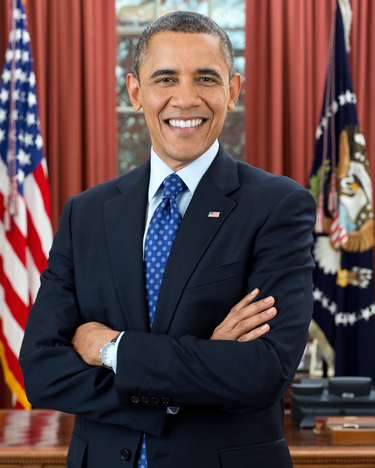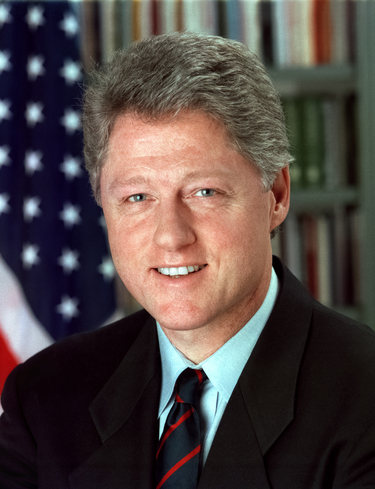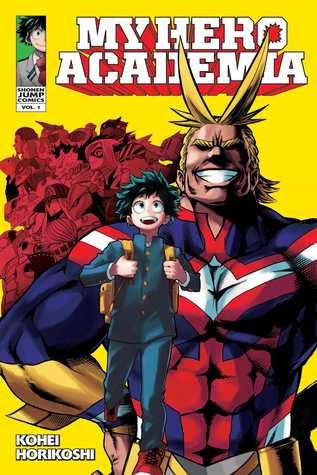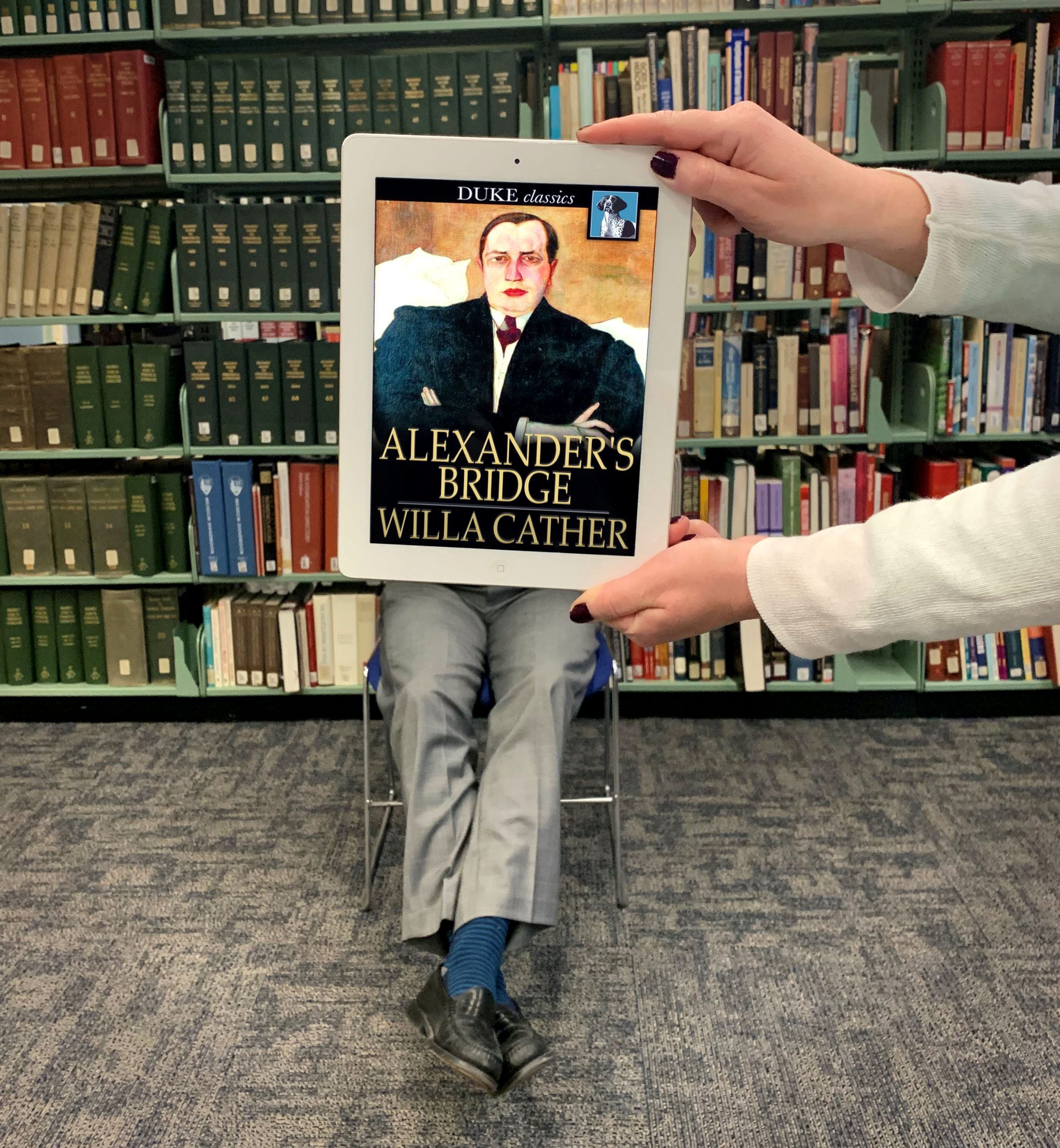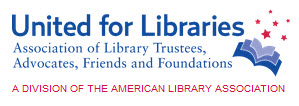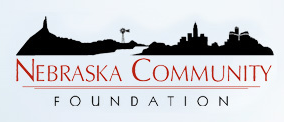 Kreutz Bennett Donor-Advised Fund focuses on empowering libraries
Kreutz Bennett Donor-Advised Fund focuses on empowering libraries
Today’s libraries provide important services that go far beyond books. They are used for community gathering places, internet access, remote conferencing, public meetings, after-school programs, and increasingly, for wildly popular makerspaces for children and adults. Recently, the Kreutz-Bennett Donor-Advised Fund, an affiliated fund of Nebraska Community Foundation, helped six small-town Nebraska libraries provide access to STEAM (science, technology, engineering, arts, math) activities by providing grants totaling $46,321. All grants required a one-to-one match in local funding.
Funds will be used to purchase STEAM-related equipment, software, supplies and improve facilities in the following libraries:
Bridgeport Public Library
This library requested funding to equip its permanent makerspace, which is a broad term that includes space and equipment that encourages different kinds of creativity. It can include many things ranging from embroidery machines to 3D printers and laser cutters. The Committee approved a grant of $8,000.
Central City Public Library
A grant of $10,000 will match local funding to purchase equipment for the library’s makerspace. A Community Needs Survey has indicated public support for this project, and a grant of $10,000 will help meet this goal.
Clay Center Public Library
This request involved a technology update. The library will purchase new computers to allow it to present coding classes and sponsor a coding club. Many computers in Nebraska libraries, originally acquired through the Bill and Melinda Gates Foundation, are now 10 or more years old. The Committee approved a grant of $7,191.
Kimball Public Library
This library is receiving a grant of $10,030 to create a new makerspace. The library hosted a Nebraska Library Commission mobile Innovation Studio this past year and is now planning to create its own space for encouraging creativity.
Lied Pierce Public Library
A grant of $1,100 will support the purchase of various STEAM supplies and equipment. This is an example of continuing support for libraries that demonstrate a record of successful programs.
Ravenna Public Library
This newly constructed facility will install equipment in a new makerspace, thanks to a matching $10,000 grant for enhanced programming.
An additional $86,750 in grants was awarded to the following libraries for program enhancement, facilities improvement, or work leading to accreditation:
Axtell Public Library
This library was offered a $20,000 grant in 2019 on the condition that the community could raise the matching funds within one year. Those funds have been secured and the contingent grant has been released. Funding will be used to update library’s restrooms to make them ADA accessible and improve the outdated and nonfunctioning lighting throughout the library.
Garfield County Library in Burwell
A grant of $3,750 will be matched by local funds and significant expenditures from the city and county to improve patron safety by installing additional parking, exterior lighting, and relocating bike racks away from traffic areas.
Geneva Public Library
The library requested assistance for renovating the exterior brick and mortar on the entrance of this historic building. The Committee noted that Shirley Kreutz Bennett was in favor of restoring historic libraries and provided a matching grant of $20,000.
Genoa Public Library
Two grants will provide funding for interior renovations and programming. A $10,000 grant will help replace 30-year-old carpeting and outdated shelving. Another $1,000 will be used to expand the children’s area with an assortment of educational games and supplies.
Hruska Memorial Public Library in David City
This library will receive up to $6,000 to replace very old equipment in its public meeting room including a projector, screen and speakers. More than 3,000 persons attended various presentations last year. The request is being matched by a local grant from Nebraska Community Foundation’s affiliated fund, the Butler County Area Foundation Fund, with additional funding from the Nebraska Library Commission.
Logan County Library in Stapleton
This non-accredited library will receive a matching grant of $500 to support the library director’s time and travel expenses for training in pursuit of accreditation, and to purchase a subscription that provides the library with e-books and audio books.
Rising City Public Library
This library will receive $2,500 to help with attaining accreditation. Funding will provide partial support for salary, a subscription for e-books and audio books, and a computer.
Rock County Public Library in Bassett
This library will use its $20,000 matching grant to expand its facility by renovating an attached garage, that formerly housed a bookmobile. The space will be used to create a meeting room, a classroom area, and an after-school program.
Shelby Public Library
This library is receiving $3,000 in matching funds to launch a community engagement program over three years that encourages and builds community cohesion. Each month the library will be the location for a diverse set of events ranging from cultural, educational and entertainment presentations.
Since 2012, more than $550,000 has been granted through a term endowment established by the late Shirley Kreutz Bennett, a lifelong educator originally from Harvard, Nebraska. Thanks to this generous support, dozens of libraries have launched projects to repair, renovate, or replace existing facilities, create programs that enhance library services, and importantly, prepare libraries, boards and directors to become accredited, which opens the door to increased state funding.
The Kreutz Bennett Donor-Advised Fund encourages all libraries serving communities with populations under 3,000 to review the grant guidelines and carefully consider how new improvements might better serve families.
Following Ms. Kreutz Bennett’s wishes, a Fund Advisory Committee composed of her nieces and nephews recommends grants each year. All grants require a one-to-one match in local funding and evidence that the project has broad community support. Grant seekers should review the guidelines and application procedures. The first short applications are due October 1, 2020. If invited, full applications will be due in January 2021. For more information, contact Kristine Gale, NCF community impact coordinator, 402.822.0466 or kgale@nebcommfound.org.
About Nebraska Community Foundation
Nebraska Community Foundation unleashes abundant assets, inspires charitable giving and connects ambitious people to build stronger communities and a Greater Nebraska.
Headquartered in Lincoln, the Foundation serves communities, donors and organizations by providing financial management, strategic development, education and training to a statewide network of 1,500 volunteers serving 260 communities.
In the last five years, 44,476 contributions have been made to Nebraska Community Foundation and its affiliated funds. Since 1994, Nebraska Community Foundation has reinvested $355 million in Nebraska’s people and places. For information, visit NebraskaHometown.org.
 The 2020 state aid calculations are now complete. This year, we’ve transitioned from paper state aid letters to electronic distribution of information to public libraries. You should have received an e-mail notification about your aid if you are an accredited public library. Here is some general information about the state aid program and eligibility, and how it is distributed. There is also a posted list of the state aid distributions for 2020 (including this year’s formula, the payment amounts, and aid per capita). Finally, here is a link to a press release you can customize and use for your particular library.
The 2020 state aid calculations are now complete. This year, we’ve transitioned from paper state aid letters to electronic distribution of information to public libraries. You should have received an e-mail notification about your aid if you are an accredited public library. Here is some general information about the state aid program and eligibility, and how it is distributed. There is also a posted list of the state aid distributions for 2020 (including this year’s formula, the payment amounts, and aid per capita). Finally, here is a link to a press release you can customize and use for your particular library.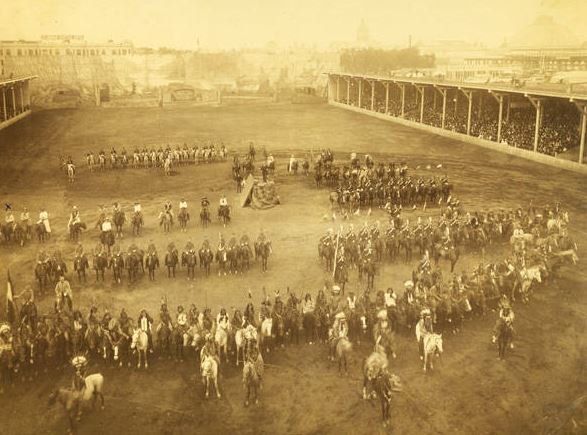

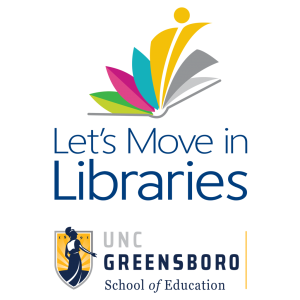 Many communities have identified health and wellness as a priority and libraries can play an important role in promoting physical activity as part of a healthy lifestyle. This session will focus on easy techniques you can use to add movement to programs for all ages. From a mini dance party between stories to instance recess for adults, regular ten minute activity breaks have been identified by researchers and policy makers as effective ways to advance public health. Here you’ll learn exercise, routines, playlists, and games that you can use to quickly and effectively incorporate activity breaks into programs at your library.
Many communities have identified health and wellness as a priority and libraries can play an important role in promoting physical activity as part of a healthy lifestyle. This session will focus on easy techniques you can use to add movement to programs for all ages. From a mini dance party between stories to instance recess for adults, regular ten minute activity breaks have been identified by researchers and policy makers as effective ways to advance public health. Here you’ll learn exercise, routines, playlists, and games that you can use to quickly and effectively incorporate activity breaks into programs at your library. NCompass Live is broadcast live every Wednesday from 10am – 11am Central Time. Convert to your time zone on the
NCompass Live is broadcast live every Wednesday from 10am – 11am Central Time. Convert to your time zone on the 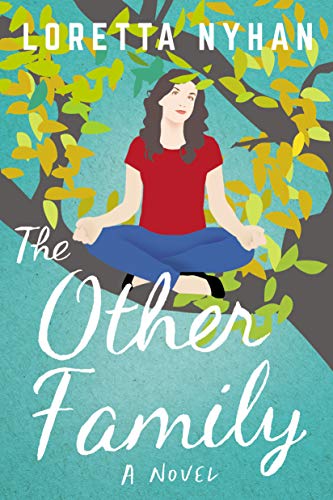
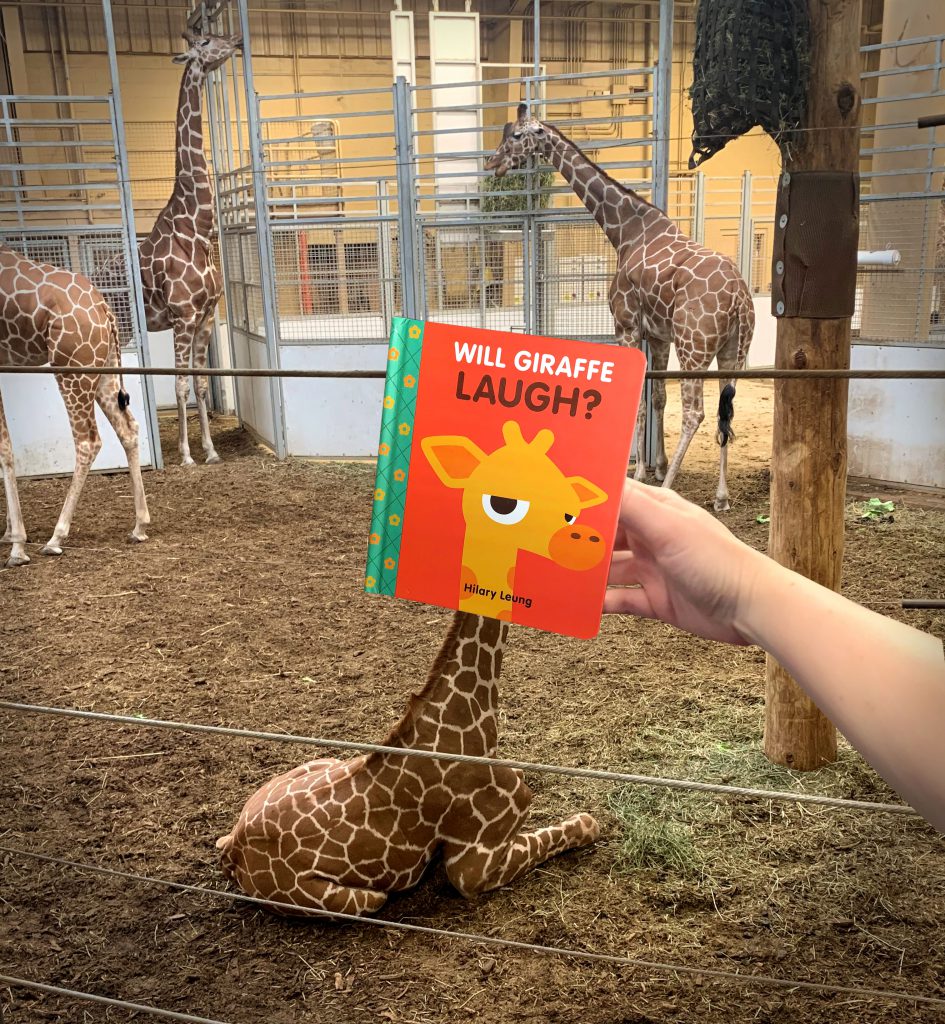
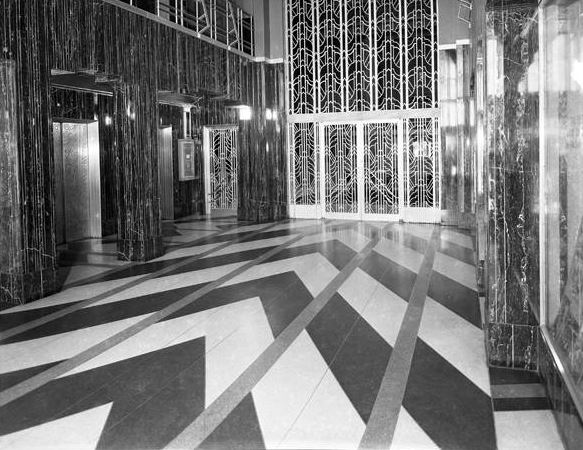


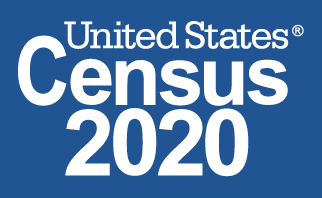
 Kreutz Bennett Donor-Advised Fund focuses on empowering libraries
Kreutz Bennett Donor-Advised Fund focuses on empowering libraries